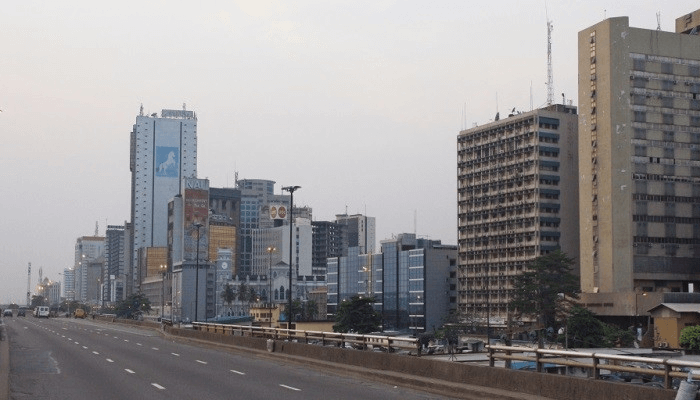Nigerian banks have started increasing their lending rates following the record hike in the Monetary Policy Rate (MPR) by the Central Bank of Nigeria (CBN), in a development that will see businesses and individuals with existing loan facilities with the banks pay more to service those loans.
Zenith Bank, the country’s largest bank by market capitalisation, raised its interest rate by 500 basis points to 30 percent from 25 percent. The review takes effect from March 12, 2024.
In a notice to its customers, Zenith Bank said, “Accordingly, we are constrained to review the interest rate applicable on your credit facility(ies) effective March 12, 2024.
“We crave your understanding as we continue to monitor the Market and update you accordingly,” the bank said.
GT Bank has also revised its lending rate by 500 basis points in response to the MPR hike. Sources told BusinessDay that Stanbic IBTC has also increased the interest rate on its loans by 300 basis points.
Analysts say more banks are expected to follow suit in the coming days. The MPR is a benchmark rate that every other interest rate takes a cue from. This means that banks will have to raise rates when the MPR is increased as well as review them downward in the event of a reduction in MPR.
The CBN raised the MPR by 400 basis points to 22.75 from 18.75 per cent at the last Monetary Policy Committee (MPC) meeting in a bid to tighten liquidity in the economy and stabilise the naira/dollar exchange rate.
The Abuja-based CBN also adjusted the asymmetric corridor around the MPR to +100/-700 from +100/-300 basis points, raised the Cash Reserve Ratio from 32.5 per cent to 45.0 per cent, and retained the Liquidity Ratio at 30 per cent.
According to Zenith Bank, these increases among other factors continued to impact the cost of doing business in the Financial Services Industry.
Higher lending rates mean that individuals and businesses will face higher costs when borrowing money from banks. This could lead to reduced borrowing and investment activities as borrowers may find it more expensive to take out loans for various purposes such as business expansion, home purchases, or personal expenses, analysts have said.
With higher borrowing costs, consumers may have less disposable income to spend on goods and services. This could potentially dampen consumer spending, which is a significant driver of economic growth.

